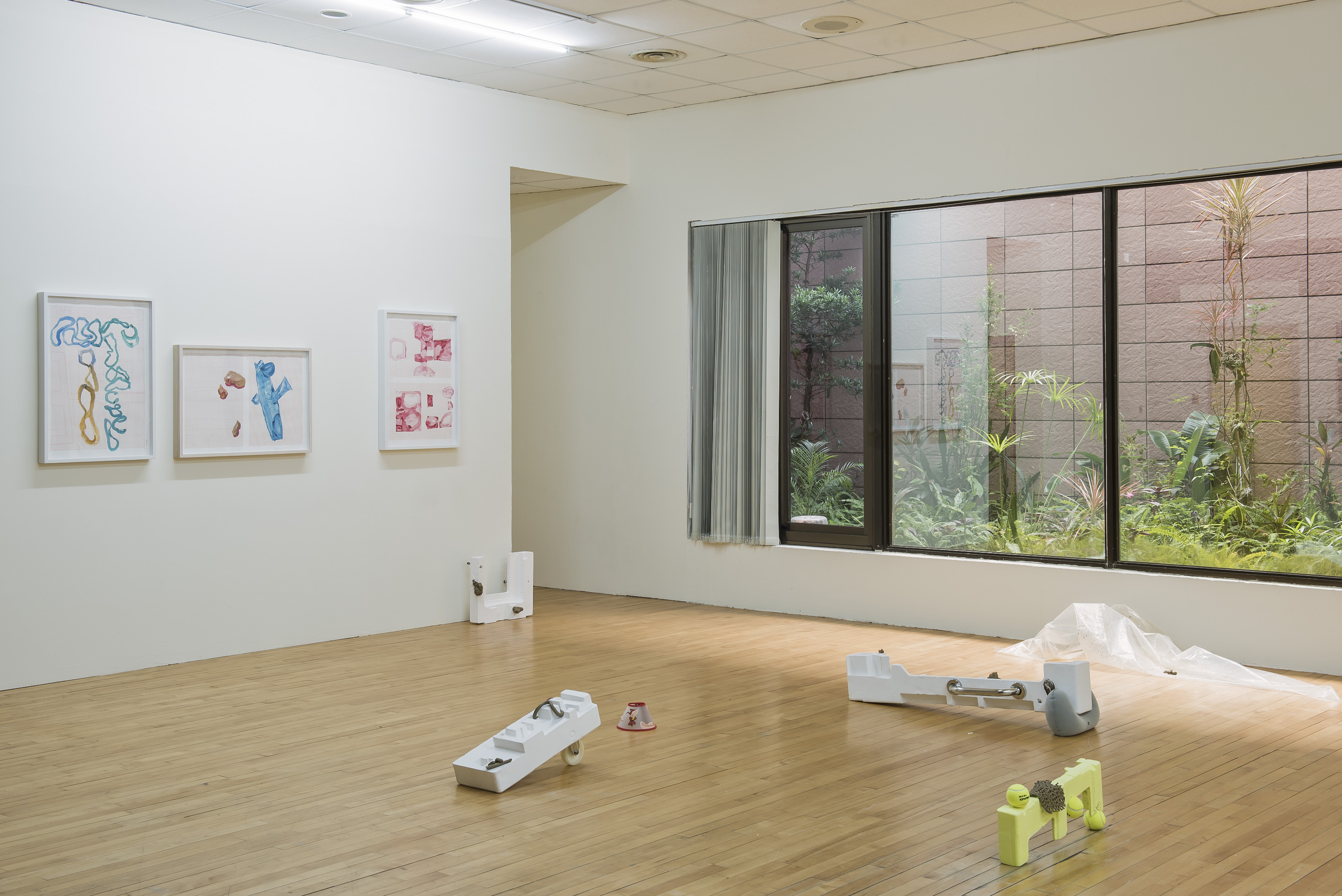Roaming the City
| February 23, 2016

Ambling at leisure is a luxury in this rapidly changing world. We often neglect to notice things in our environment even if we traverse the same spaces in the city day in, day out. While the flâneur can be traced back to the nineteenth century, it was Walter Benjamin who really developed the notion—perhaps the beginning of the urban experience. The flâneur represented the modern archetypes of the artist, writer, and philosopher, collecting the patterns and motifs of the streets by photographing, sketching, writing, and thinking about what they saw, curious about every single detail and facet of the city. The more they discovered, the more they indulged. They even became involved in demonstrations, in riots on the street.

While the flâneur observed his or her environment, artist Luo Jr-shin collects the city’s detritus and makes amusing styrofoam-like plaster sculptures with an array of materials that can include fibers, plastic sheets, shells, and minerals. They look like practical artifacts devoid of function. When the styrofoam becomes a pedestal, the destiny of these works is decided. There’s no space for function or purpose—the polystyrene is no longer styrofoam. As urban magpie, the artist builds his own recycling field and gifts his discoveries a peculiar new existence.

Through “Texas Project,” Onejoon Che and Ikhyun Gim show us that, thanks to technology, one doesn’t have to physically experience the streets: everyone can be a digital flâneur using Google Street View or Korean technologies like Daum and Naver. South Korea and the United States encounter one another in this exhibition. Miari Texas, a red light district located in the suburbs of Seoul, does not appear on the map—the Korean government attempted to erase this dishonorable history. And, in Dallas, Texas, sex workers occupied Harry Hines Boulevard before it became Koreatown. Ikhyun Gim used screenshots to travel these spaces without really being there, linking the two together.

Another strain of flâneur can be found in Charles van Otterdijk’s Double Center. Espionage is all about observation, surveillance, and monitoring, reflected in objects, photos, and archives showcased in a labyrinthine room. Entering the space, the viewer is met with an uncomfortable atmosphere. The lights are dim; the room is gloomy. He or she could be the observer or the observed. Double Center is a long-term research project: the artist escaped from society, accidentally found a bunker, and wrote situation reports as if he were a real spy.
We often feel that we intimately know the places where we reside and work, yet, through different modes of engagement, “Urban Synesthesia” reveals the idiosyncratic elements and characters of cities that can otherwise go unnoticed. The offspring of the Benjaminian flâneur works spontaneously by means of field research, looking to unveil the façade. The exhibition tries to allow the visitor to become more sensitive, becoming aware that simple objects and landscapes are not always as they seem.

